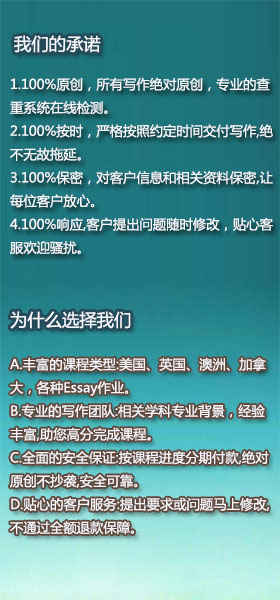5. Describing How You Solved the Problem or Answered the Question
This part of the thesis is much more free-form. It may have one or several sections and subsections. But it all has only one purpose: to convince the examiners that you answered the question or solved the problem that you set for yourself in Section 4. So show what you did that is relevant to answering the question or solving the problem: if there were blind alleys and dead ends, do not include these, unless specifically relevant to the demonstration that you answered the thesis question.
6. Conclusions
You generally cover three things in the Conclusions section, and each of these usually merits a separate subsection:
1. Conclusions2. Summary of Contributions3. Future Research
Conclusions are not a rambling summary of the thesis: they are short, concise statements of the inferences that you have made because of your work. It helps to organize these as short numbered paragraphs, ordered from most to least important. All conclusions should be directly related to the research question stated in Section 4. Examples:
1. The problem stated in Section 4 has been solved: as shown in Sections ? to ??, an algorithm capable of handling large-scale Zylon problems in reasonable time has been developed.
2. The principal mechanism needed in the improved Zylon algorithm is the Grooty mechanism.
3. Etc.
The Summary of Contributions will be much sought and carefully read by the examiners. Here you list the contributions of new knowledge that your thesis makes. Of course, the thesis itself must substantiate any claims made here. There is often some overlap with the Conclusions, but that's okay. Concise numbered paragraphs are again best. Organize from most to least important. Examples:
1. Developed a much quicker algorithm for large-scale Zylon problems.
2. Demonstrated the first use of the Grooty mechanism for Zylon calculations.
3. Etc.
The Future Research subsection is included so that researchers picking up this work in future have the benefit of the ideas that you generated while you were working on the project. Again, concise numbered paragraphs are usually best.
7. References
The list of references is closely tied to the review of the state of the art given in section 3. Most examiners scan your list of references looking for the important works in the field, so make sure they are listed and referred to in section 3. Truth be known, most examiners also look for their own publications if they are in the topic area of the thesis, so list these too. Besides, reading your examiner's papers usually gives you a clue as to the type of questions they are likely to ask.
All references given must be referred to in the main body of the thesis. Note the difference from a Bibliography, which may include works that are not directly referenced in the thesis. Organize the list of references either alphabetically by author surname (preferred), or by order of citation in the thesis.





